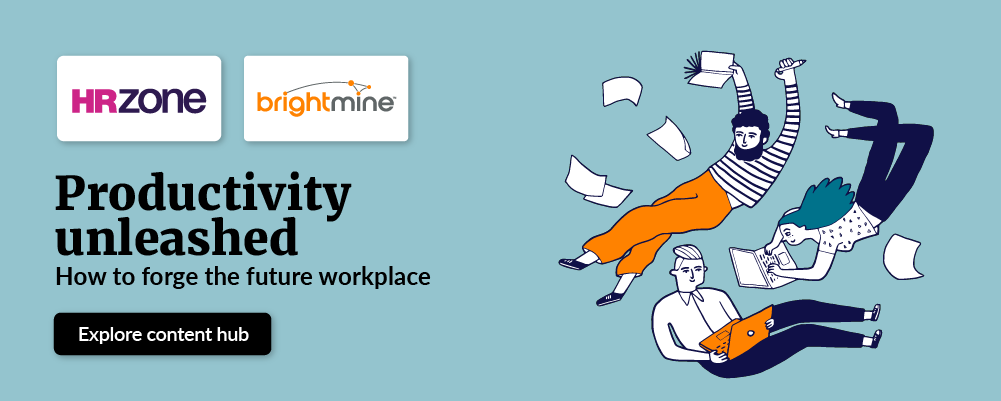AI’s workplace revolution is well underway, but most organisations are still catching up. From confusion about where to start, to project failure rates nearing 80%, HR leaders are under pressure to implement AI with purpose, precision, and responsibility. Early adoption trends point to three key focus areas where employers must act fast: skills, project management, and ethical use.
But one area that demands urgent attention is compliance in AI-assisted hiring. As regulators tighten rules and lawsuits mount, including a recent legal challenge against Workday alleging AI-driven age discrimination. HR must be vigilant. Our latest guide, Avoiding compliance pitfalls in the evolving AI legal landscape, breaks down emerging laws in jurisdictions like New York City and Illinois, and offers practical steps to prevent algorithmic bias and protect your brand.
Tackling the AI skills gap
Right now, AI is being adopted unevenly across functions, mostly inwardly to support employee performance rather than external outputs. Generative AI is the exception: tools like chatbots and copy generators are already in use, albeit without consistent oversight. This lack of governance is risky. Publicly available tools raise privacy concerns, can’t cite sources, and are already facing copyright litigation.
For HR, the skills gap is one of the biggest barriers. According to Amazon Web Services, 73% of employers now prioritise hiring AI-skilled workers, yet few have the strategies to identify roles at risk, align reskilling programmes, or secure executive buy-in.
Managing complex AI projects
Meanwhile, flawed project execution is costing time and money. Many organisations rush into AI adoption using outdated project management methods. Experts recommend a hybrid approach – combining agile with data-centric methodologies to properly handle the complexity AI projects demand.
Prioritising ethical AI guidelines
And finally, ethics must move up the priority list. Just 21% of employers using generative AI have formal policies in place. That leaves organisations vulnerable to legal, reputational, and DEI risks. A responsible approach includes implementing policies, training staff, and forming cross-functional AI ethics groups with C-suite representation.
AI is not just another digital tool – it’s a transformational force. For HR leaders, success means embracing it with the right guardrails in place.
Request a quote from Brightmine.







